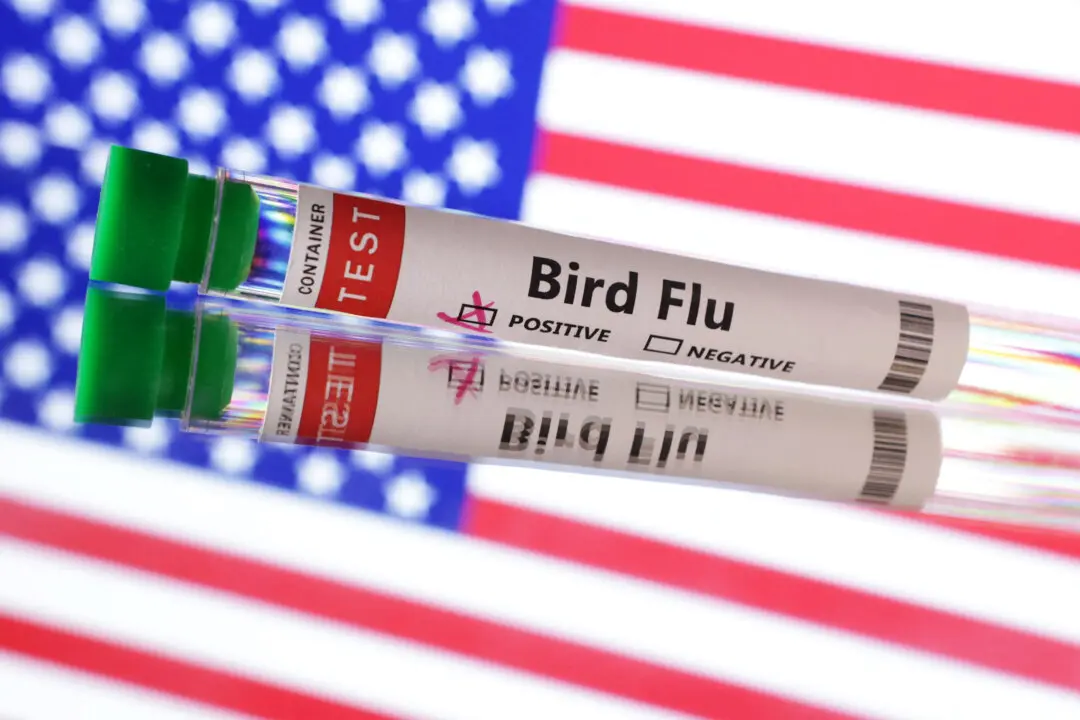Tiffany & Co.’s on Nov. 28 reported quarterly sales that missed estimates as Chinese tourists spent less than expected at the jeweler’s stores in the United States and Hong Kong, a shortfall that sent the company’s shares down as much 13 percent.
Investors were also disappointed by the 181-year-old company’s failure to raise its full-year profit outlook ahead of the holiday season and by growth of same-store sales at a slower pace than expected.





